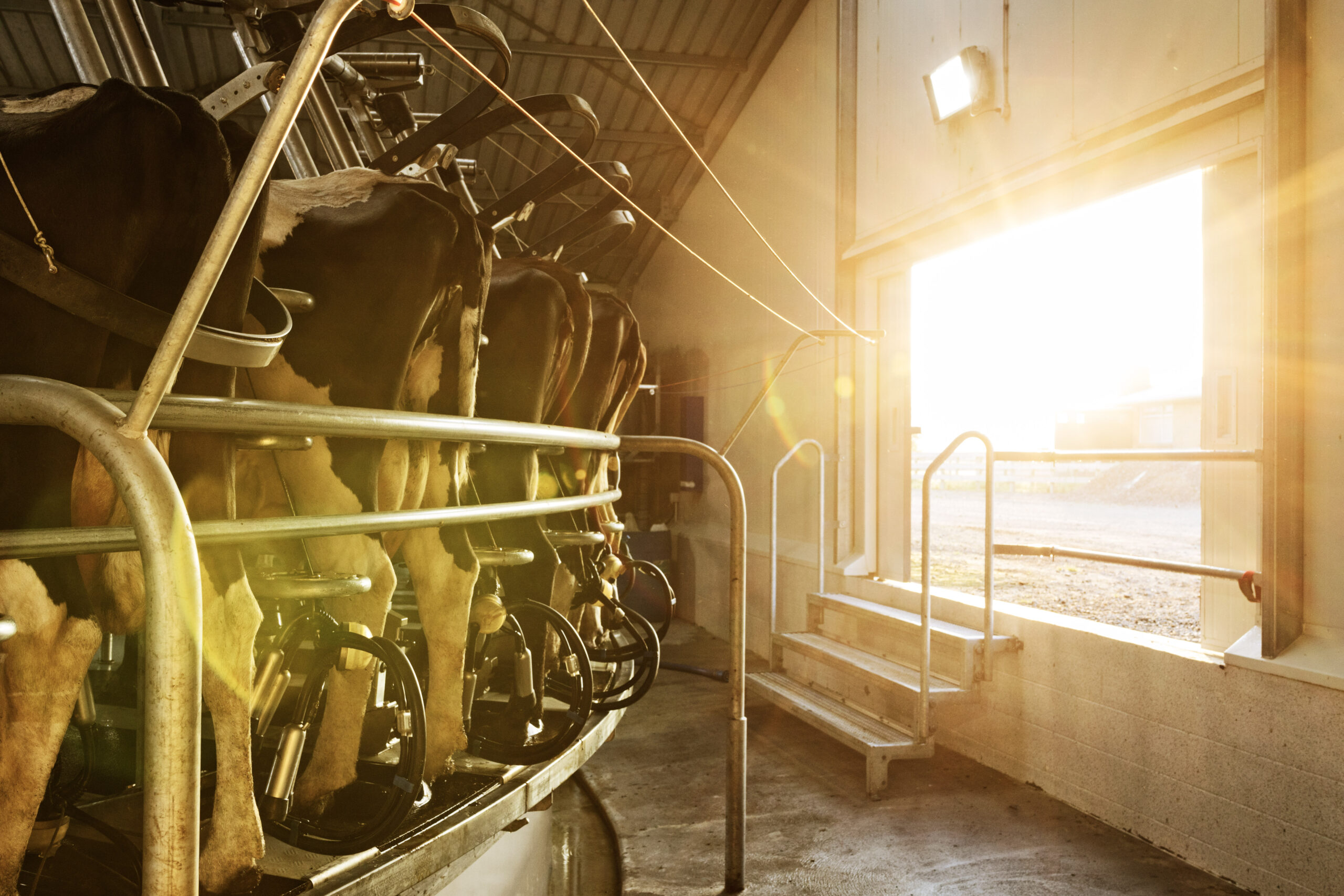Copyright farmersweekly

Reading Time: 2 minutes By Nic Lees, senior lecturer in agribusiness management at Lincoln University. It’s been a long time since New Zealand dairy farmers have had such a strong season. With Fonterra’s record $10 payout and the $3.2 billion capital return from the Lactalis sale, there’s a real sense of optimism across the sector, after years of cost pressure, compliance uncertainty and tight cashflows. The question now is whether that optimism turns into smarter investment – or another round of expansion that could undo the gains. This has happened before. Back in 2014, record payouts encouraged farmers to push for higher production. Within a year, global dairy prices had slumped, and payouts dropped by nearly half. The lesson was clear: when New Zealand grows milk volumes too quickly, the global market reacts. New Zealand accounts for just 3% of the world’s total milk production but dominates global trade in whole milk powder, supplying more than 60%. Economic modelling has shown a small increase in national production can push down global prices. If this year’s cash injection fuels a new production surge, much of the $3.2bn windfall could vanish through lower prices. There are already signs of renewed growth. Environment Canterbury has approved four new dairy conversion consents this year. It’s not a flood of new dairy farms, but it’s a signal that expansion is again on farmers’ minds. But more milk brings challenges beyond just pricing. Expansion means more cows, more feed, and more pressure on the land and water. In many catchments, particularly in Canterbury, Southland and parts of Waikato, nutrient limits are already being tested. Water quality has improved in some areas, but another wave of intensification could reverse that progress. Then there’s methane. Livestock emissions still make up nearly half of New Zealand’s total greenhouse gases. Each extra cow makes it harder to meet our climate targets. While methane inhibitors and feed additives are showing promise, they’re still not widely available for pasture-based systems. So, what’s the smart response this time? The simplest option is paying down debt. With farm interest rates still high, reducing borrowings provides a guaranteed return and helps weather the inevitable price downturn. The next step is investing in productivity and efficiency. Smarter irrigation systems, virtual fencing, and precision technology that measures pasture growth and cow performance can all lift efficiency while reducing inputs and environmental impact. These are investments that often pay for themselves within a few seasons and improve both profitability and compliance. Farmers can also use this season’s cash to future-proof their environmental performance. Upgrading effluent systems, fencing waterways, and expanding riparian planting protect both water quality and the sector’s social licence to operate. This year’s windfall offers a chance to strengthen, not stretch, the business. Chasing production may deliver a quick boost in milk volume, but history shows it can come at a heavy cost to both price and environment. New Zealand’s dairy reputation is built on grass-fed, low-emissions production – a model still seen as best in the world. The challenge now is to use this good season to make that reputation stronger, not risk it. Farmers have always shown they can adapt and lead through change. This time, they can do it from a position of strength proving that resilience, profitability and environmental gains can work together to secure the future of New Zealand dairying. Farmers Weekly Poll



